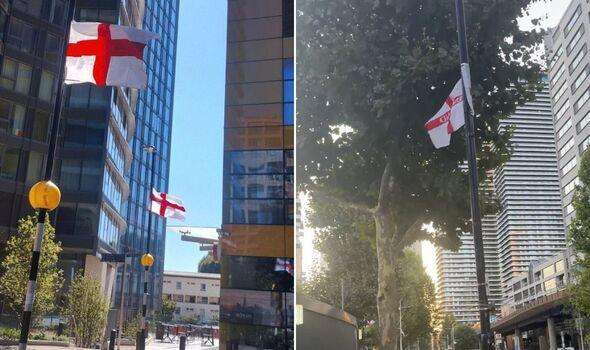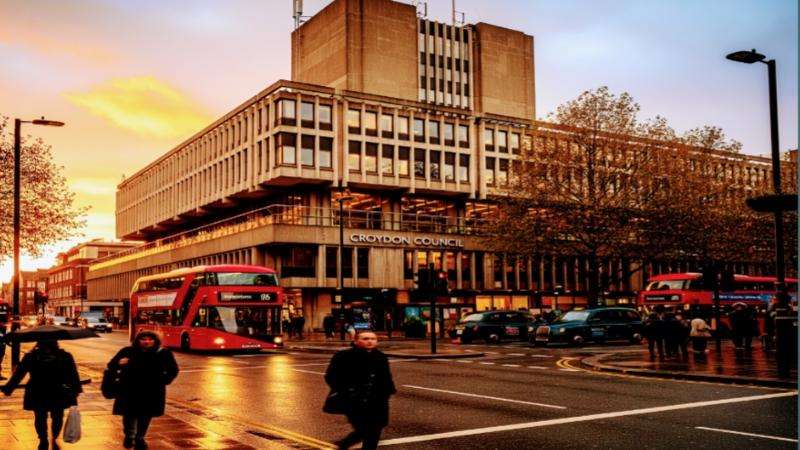Recent data from the Department for Education (DfE) has brought to light a significant and unexpected trend in UK higher education: white pupils are now the least likely racial group to gain entry into the nation's top universities. For the third consecutive year, the figures show that ethnic minority students, particularly those of Asian descent, are outperforming their white counterparts in securing places at "high-tariff" institutions—the universities with the most stringent entry requirements, Daily Dazzling Dawn understands.
The DfE's latest analysis for 2023/24 reveals that only 11.7% of white pupils attend one of the highest-ranking third of universities by the age of 19. This stands in stark contrast to other racial groups:
Black pupils: 12.1%
Mixed-race pupils: 15.5%
Asian pupils: 18.6%
The Success of Ethnic Communities
The data points to a particularly strong performance from students within the British South Asian community, which includes British Indian, British Pakistani, and British Bangladeshi students. These groups, often categorized under the broader BAME (Black, Asian, and Minority Ethnic) umbrella, have consistently demonstrated high academic ambition and success.
For example, studies have shown that British Indian students are highly represented in fields like medicine, engineering, and law, reflecting a strong emphasis on education within their communities. Similarly, British Bangladeshi and British Pakistani students have made significant strides, with an increasing number of young people from these backgrounds pursuing higher education. . This success is partly attributed to a strong cultural focus on education as a path to social mobility and economic security. As Professor Alan Smithers of Buckingham University notes, many from ethnic minority backgrounds, particularly those with migrant roots, "understand the crucial role that education plays in living the good life," seeing it as a direct link to a better future.
The statistics are further supported by a broader finding: pupils whose first language is not English are more likely to attend university than native English speakers. The data shows that 60.9% of non-native English speakers enter university, compared to 42.8% of native speakers.
Challenges for White Working-Class Students
The underperformance of white students is largely driven by a specific sub-group: those from low-income families. The DfE analysis indicates that only 3% of white pupils from economically disadvantaged backgrounds make it into a high-tariff university. This glaring disparity has prompted a renewed focus from policymakers. Education Secretary Bridget Phillipson recently called it a "national disgrace" that so many white working-class students are "written off" at school and fail to reach their full potential.
This issue highlights a complex socio-economic challenge, distinct from the successes observed in many ethnic minority communities. While some may attribute the academic success of minority groups to cultural factors like strong family support and high expectations, the struggles of white working-class students point to deep-seated issues of inequality and opportunity.
Professor Smithers suggests that a key difference lies in the motivation. "Some of those who were born abroad come from countries where if you don't earn, you don't eat," he explained. This sentiment underscores a powerful drive for self-sufficiency and achievement, which he argues is less prevalent among some British-born young people who have grown "used to being supported by the state."
Beyond the Myth of Institutional Racism
The data also challenges the narrative of institutional racism within universities. Professor Smithers argues that the statistics on ethnic minority admissions suggest that universities are, in fact, welcoming and inclusive spaces. He contends that the idea of widespread university racism is a "myth" borrowed from the US and propagated by certain academic and activist circles, rather than being supported by the evidence of student demographics and success rates.
The DfE has acknowledged the persistent inequalities in the education system and has called on universities to expand opportunities for disadvantaged students, regardless of their background. The analysis, which is based on students who attended English state schools, provides a clear picture of the demographic shifts and challenges facing the UK's educational landscape today.
British Bangladeshi students in areas like Tower Hamlets and British South Asian students in Croydon have demonstrated remarkable academic success, often surpassing national averages and their white British peers. In Tower Hamlets, a borough with a large Bangladeshi population, pupils consistently achieve strong results in key stage tests and GCSEs, with girls, in particular, showing outstanding progress. This success is often attributed to a strong emphasis on education within these families, who view it as a primary vehicle for upward social mobility. Despite many facing socio-economic challenges, including poverty, their high aspirations and parental support, often reflected in a willingness to invest in private tuition and extracurricular activities, drive them to pursue higher education. This has led to a significant increase in the number of British Bangladeshi and other British South Asian students from these areas attending UK universities.







.svg)

